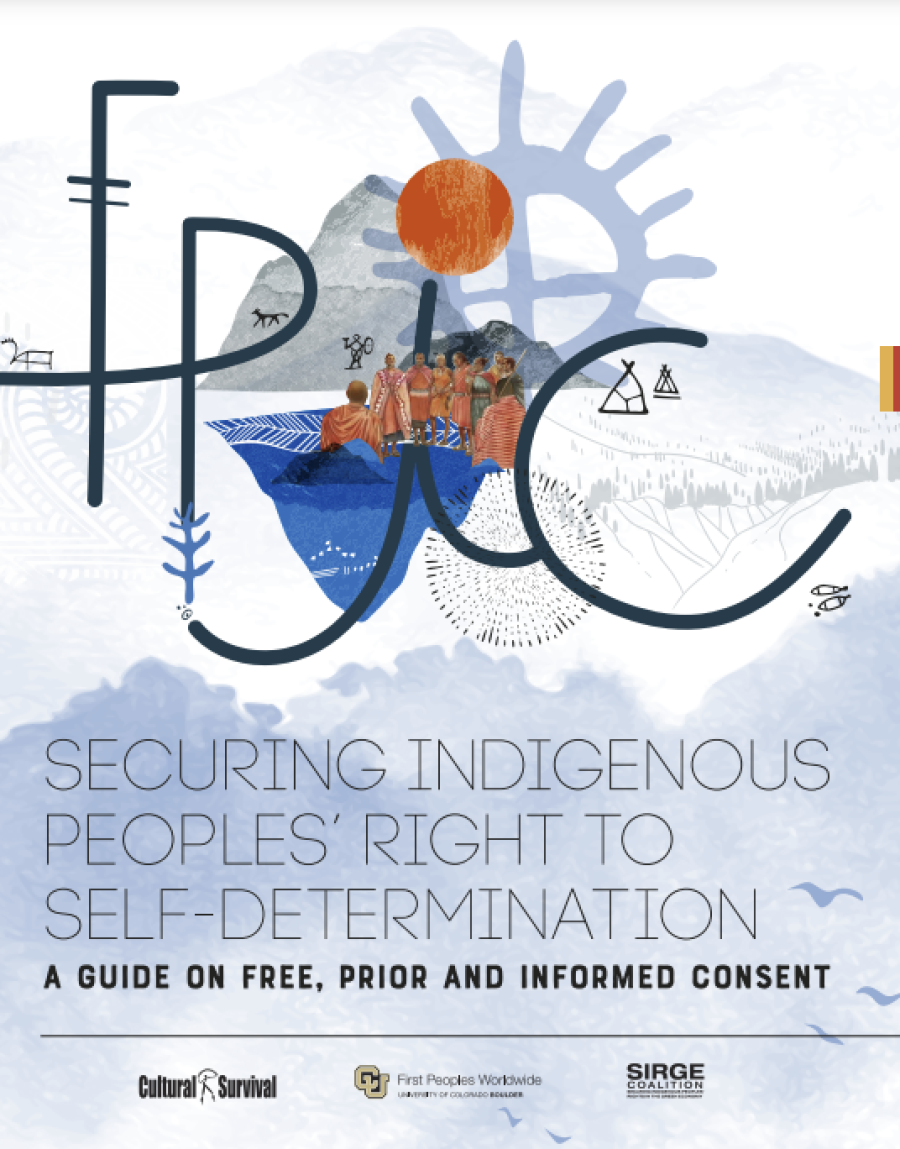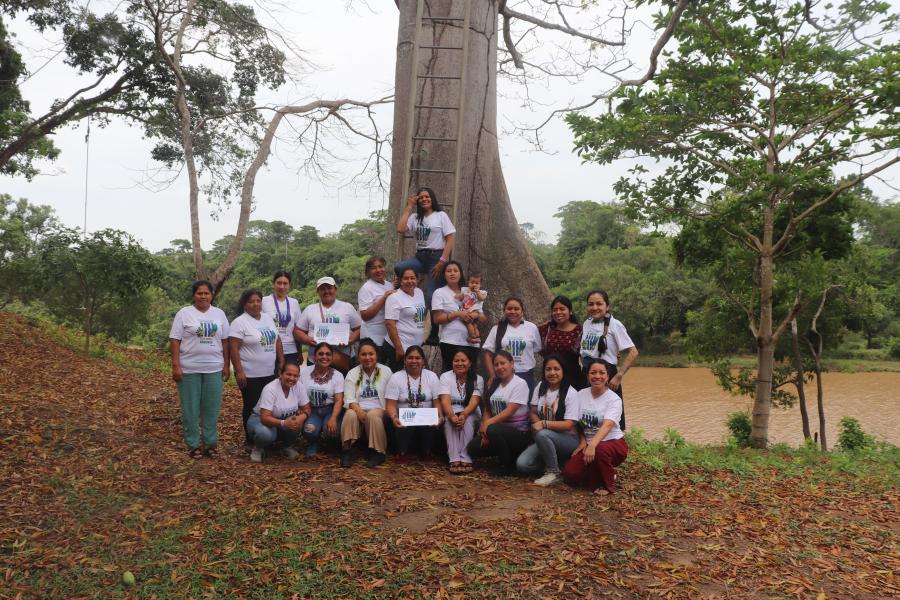
The 1972 Convention Concerning the Protection of the World Cultural and Natural Heritage sets out a framework “to ensure that effective and active measures are taken for the protection, conservation and presentation of the cultural and natural heritage.” Increasingly, however, the World Heritage site program, made famous through sites like Pompeii and the Great Wall of China, has come to ignore the sovereignty and rights of the Indigenous Peoples who inhabit and share the areas it was created to protect.
Sites such as the Papahānaumokuākea Marine National Monument in Hawai’i and the Ngorongoro Conservation Area in Tanzania have been placed on the World Heritage site list at the suggestion of local or national governments without the Free, Prior and Informed Consent (FPIC) of the Indigenous Peoples to whom those sites belong and have religious, cultural,and economic value. The practice of designating a location as a World Heritage site can have a profound and long-lasting impact not only on the site itself, but also on the livelihood and wellbeing of the surrounding Indigenous communities.
Indeed, Indigenous Peoples to whom these sites belong rarely benefit from the funding, tourism, and other ramifications that accompany World Heritage site status. Throughout the history of the World Heritage program, the principles of consent and consultation of the Indigenous communities involved have frequently been lacking from UNESCO’s “Five C’s” of credibility, conservation, capacity-building, communication, and communities. One of the most dramatic examples of the unilateral and non-inclusive methods through which World Heritage sites are established was the establishment of the Papahānaumokuākea Marine National Monument, also known as the Northwestern Hawaiian Islands Marine National Monument, which includes 140,000 square miles of ocean, islands, and atolls of the Hawaiian Islands.
The Northwest Hawaiian Islands were previously controlled by the Indigenous Peoples of Hawai’i prior to annexation by the United States in 1893, and were declared an ecosystem reserve by President Clinton in 2000. In 2006, President Bush declared the area a national monument under the control of the US Fish and Wildlife Service, the National Oceanographic and Atmospheric Administration, and the Hawai’i Department of Land and Natural Resources, at which time all Indigenous fishing and commercial activity were prohibited. The proclamation additionally required Indigenous Hawaiian communities (to whom the region had originally belonged) to apply for permission before traveling through or engaging in cultural or religious rituals in the new maritime monument.
The monument declaration did, however, allow for unlimited access and use of the area by the United States armed forces, while simultaneously waiving all EPA regulations. At no point during this process were Native Hawaiian communities consulted, nor was their Free, Prior and Informed Consent obtained, although over 200 “public” hearings were held. The US said that Hawaiians were part of the public and should have attended the public meetings. President Obama’s administration continues to ignore the demands for Indigenous consultation and consent during its selection of the monument for World Heritage site status, as did UNESCO, which only met with individuals—none Indigenous— who were selected by the US government.
The UN’s approval in 2010 of the Ngorongoro Conservation Area in Tanzania as a World Heritage site is another example of UNESCO’s failure to gain the Free, Prior and Informed Consent of Indigenous communities. The Ngorongoro site was home to some 20,000 Maasai inhabitants, yet there is little evidence that Maasai communities were involved in the consultation process during the nomination of the area. Since then, the disruption to the pastoral system in Ngorongoro has made it impossible for the Maasai in the conservation area to live a life that depends on livestock alone. In a discomfiting trend, Indigenous Peoples similarly were not properly consulted during the the Sangha Trinational World Heritage site nomination process in Cameroon, the Western Ghats mountain region site in India, or the Kenya Lake system in the Great Rift Valley.
UNESCO and the World Heritage Committee’s failure to consult with Indigenous Peoples and obtain their Free, Prior and Informed Consent violates Article 1 of the International Covenant on Political and Civil Rights and the UN Declaration on the Rights of Indigenous Peoples. By minimizing the participation of Indigenous Peoples and communities in the nomination process for World Heritage sites, Indigenous Peoples are denied the right to self-determination. Such negligence causes devastating harm to the economic resources and livelihoods of affected communities, and prevents them from accessing cultural and religious sites essential to their history and identity. When UNESCO and the World Heritage Committee fail to get FPIC from Indigenous Peoples, they not only ignore a raft of international resolutions, but violate— if not openly flaunt—their own rules and strictures.
—Miliani Trask (Native Hawaiian) is an Indigenous Peoples’ rights attorney and Indigenous and community advisor to Innovations Development Group.



